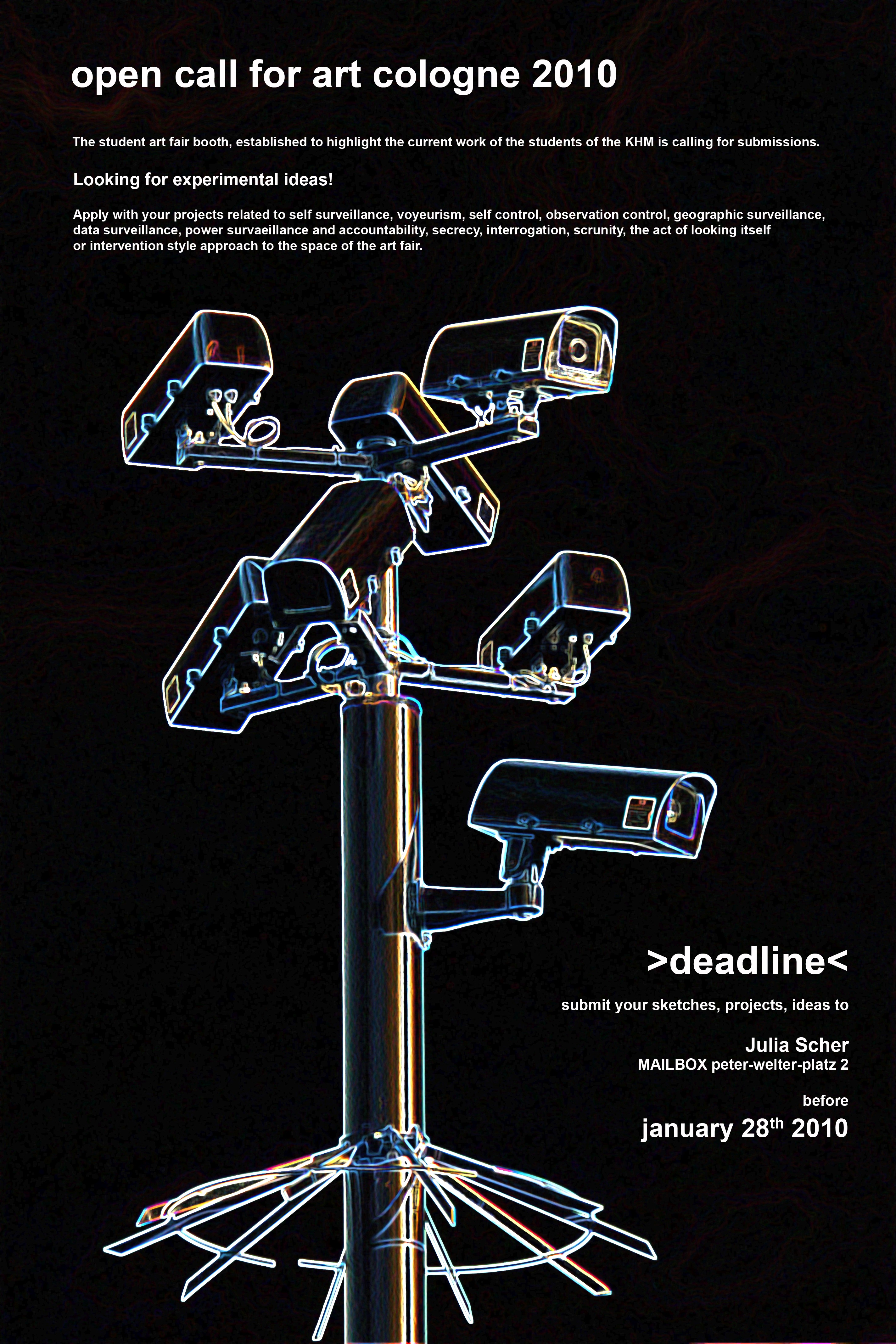1608 The earliest known working telescopes appeared, credited to Hans Lippershey and Zacharias Janssen, spectacle-makers in Middelburg, and Jacob Metius.
1609 Galileo used a refracting telescope as an instrument to observe stars, planets or moons. The name telescope was coined for Galileo’s instrument by a mathematician, Giovanni Demisiani, in 1611. The name was derived from the Greek tele = ‘far’ and skopein = ‘to look or see’.
1642 Pascal constructed a mechanical calculator capable of addition and subtraction, called Pascal’s calculator or the Pascaline
1785 Plan for Hotel-Dieu, Drawing by Bernard Poyet (Fonte: FERMAND, C.. Les hôpitaux et les cliniques: architectures de la santé, Paris, Le Moniteur, 1999, p. 20)
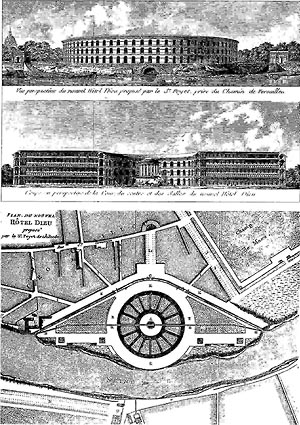
1786 Plan for a Hospital, Drawing by Bernard Poyet
1791 General Idea of a Penitentiary Panopticon, Drawing by Willey Reveley after Jeremy Bentham
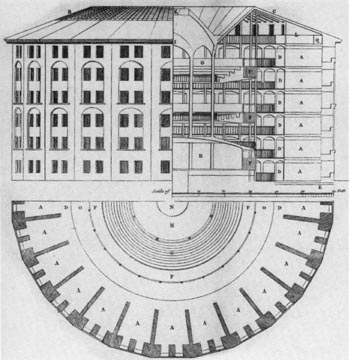
1796-98 Alois Senefelder developed lithography
1837 Charles Babbage designed a fully programmable mechanical computer he called The Analytical Engine
1837 1st telegraph by Samuel F. B. Morse
1840 Projet de pénitencier, Drawing by Harou Romain
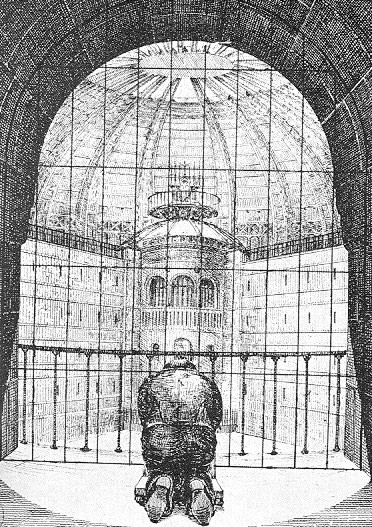
1878 1st phonograph, patented by T.A.Edison, invented by Charles Cros
1887 Emil Berliner invented and patented the grammophone
1889 Herman Hollerith developed and patented a punched card data processing technology for 1890 US Census and founded the Tabulating Machine Company, one of the three companies that merged to form Computing Tabulating Recording Corporation, later renamed IBM
1900 Reginald Fessenden successfully transmitted his speech over a distance of about one mile, which appears to have been the 1st audio radio transmission.
1927 Russian inventor Léon Theremin developed a mirror drum-based television system which used interlacing to achieve an image resolution of 100 lines.
1927 Herbert E. Ives of Bell Labs transmitted moving images from a 50-aperture disk producing 16 frames per minute over a cable from Washington, DC to New York City. Ives used viewing screens as large as 24 by 30 inches.
1927 Fritz Lang directed Metropolis (screenplay written 1924)
1929 Dziga Vertov edited the movie Man with a Movie Camera
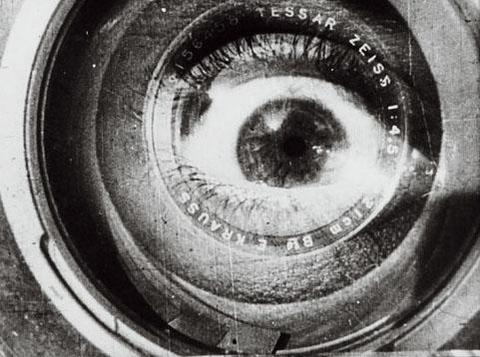
1932 Aldous Huxley published Brave New World
1935-1944 On air period of the German TV Station Paul Nipkow. Its headquarters were in Berlin. It was named after Paul Nipkow, the inventor of the Nipkow disk
1936 Walter Benjamin published The Work of Art in the Age of Mechanical Reproduction
1939 John Cage composed Imaginary Landscape No. 1
1941 Konrad Zuse developed Z3, the first working machine featuring binary arithmetic, including floating point arithmetic and a measure of programmability. In 1998 the Z3 was proved to be Turing complete, therefore being the world’s first operational computer.
1942 Siemens installed first CCTV for the monitoring Test Stand VII of A4-skyrockets (in Peenemünde)
1945 Vannevar Bush published in Journal The Atlantic Monthly the article As We May Think. He is thinking about a system called Memex (for Memory Extender) as an electronic exstention of human memory and knowledge. A prototype both of PC and hypertext.
1946 Peter Goldmark (CBS) demonstrated his color television system. His system produced color pictures by having a red-blue-green wheel spin in front of a cathode ray tube.
1949 This mechanical means of producing a color picture (by Peter Goldmark) was used to broadcast medical procedures from Pennsylvania and Atlantic City hospitals. In Atlantic City, viewers could come to the convention center to see broadcasts of operations. Reports from the time noted that the realism of seeing surgery in color caused more than a few viewers to faint.
1951 The first video tape recorder (VTR) captured live images from television cameras by converting the information into electrical impulses and saving the information onto magnetic tape1956 Ampex sold the first VTR for $50,000
1957 Sputnik launch, 1st artificial satellite
1958-1980 Developement and activity of Semi-Automatic Ground Environment,

1961 first meteorological satellites launched by the USA
1963 Philips presented first audio cassette recorder
1963 Nam Jun Paik exhibit 13 TV monitors at EXPosition of Music ELetronic television at Galerie Parnass Wuppertal
1964 Marshall McLuhan published Understanding Media
1963-65 Ted Nelson (Projekt Xanadu) coined and published the term hypertext
1969 Vito Acconci produced Following Piece in New York

1969 US Defence and its Advanced Research Project Agency developed ARPANET
1969 Sony introduced a prototype for the first widespread video cassette, the 3/4″ composite U-matic system, which Sony introduced commercially in 1971 after working out industry standards with other manufacturers. Sony later refined it to Broadcast Video U-matic or BVU
1969-70 Bruce Nauman developed the installation Live-Taped Video Corridor (http://www.medienkunstnetz.de/works/live-taped-video-corridor/)
1969-70 Bruce Nauman produced Video Surveillance Piece / Public Room, Private Room
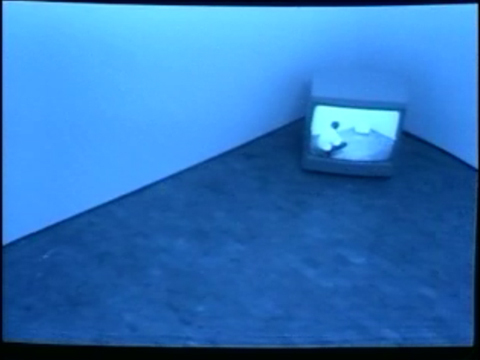
1970 William S. Burroughs published The Electronic Revolution (In both The Electronic Revolution and The Job (1970), Burroughs mapped strategies for the use of tape recorders as instruments of psychic terrorism); (http://en.wikipedia.org/wiki/The_Electronic_Revolution)
1970 Dan Graham staged TV Camera / Monitor Performance at Nova Scotia College of Art and Design, Halifax
1971 The first Video Cassette Recorder were sold by Sony
1971 Jochen Gerz presented IBM Colour Ribbon: Unlike the videotape, the typewriter ribbon directly and visibly shows the information transferred to it. As a waste product, it embodies mechanical text production as a process in time (http://www.medienkunstnetz.de/works/ibm-farbband/)
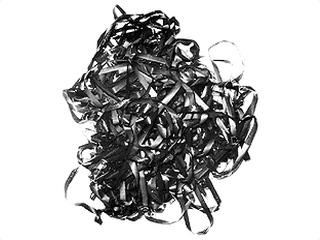
1973 Peter Weibel installed Observation of the Observation: Uncertainty
1973 GPS program Joint Program Office is started
1974 Francis Ford Coppola directed the movie The Conversation
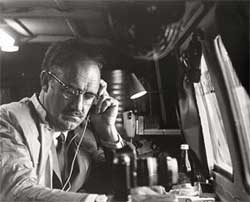
1975 Michel Foucault published Surveiller et punir
1976 Dara Birnbaum edited Technology / Transformation: Wonder Woman
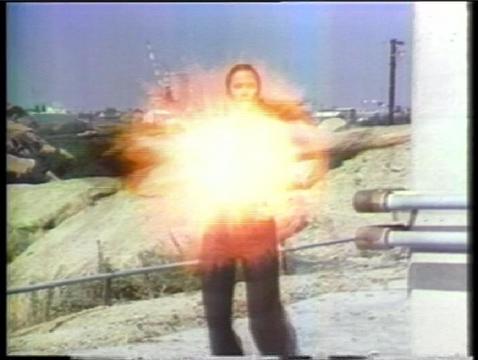
1976 VHS video format introduced by JVC
1977 Dan Graham staged Performer/Audience/Mirror
1978 1st GPS satellite launched
1978 Antonio Muntadas produced the video On Subjectivity (About TV)

1979 Sony and Philips developed toghether the Compact Disk CD
1979 first edition of ars electronica festival, Linz, austria
1981 Sophie Calle acted The Shadow : «In April 1981, at my request, my mother went to a detetctive agency. She hired them to follow me, to report my daily activities, and to proviede photographic evidence of my existence.» In The Shadow she sets the detective’s photographic account against her own observations: the observer becomes the observed. The viewer is the third witness. This search for her own identity fails to reveal a clear picture here, too. Sophie Calle’s face does not appear in any of the pictures: her figure emerges like a shadow throughout the detective’s photographs. (http://www.hausderkunst.de/englisch/aus/daten_pages/0008.html)
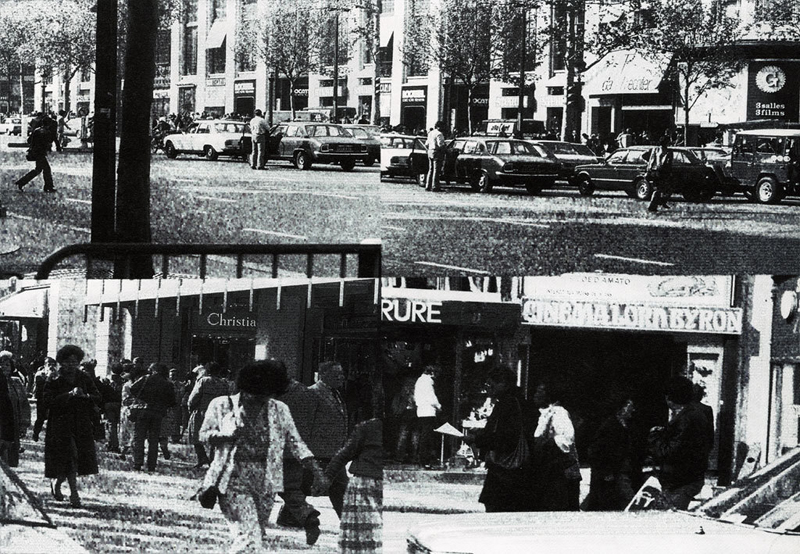
1982 Ridley Scott directed Blude Runner
1982 David Rokeby started to develope Very Nervous System, his first major interactive work using video cameras, image processors, computers, synthesizers and a sound system to create a space in which the movements of one’s body create sound and/or music.
1983 Michael Klier directed/edited the movie Der Riese, an unconventionally constructed essay video on video surveillance in public space
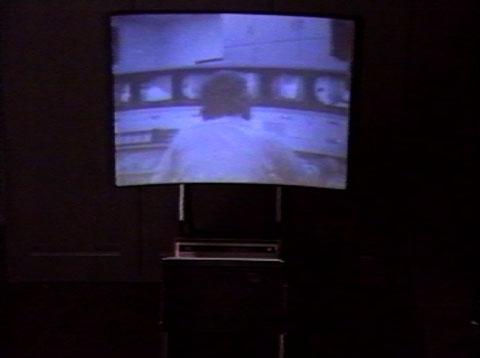
1984 1st Macintosh 128k presented
1985 Julia Scher‘s 1st reference to surveillance Hardley Feel It Going In (painting with surveillance system)
1986 Julia Scher‘s 1st Bubble Memory device by Hitachi Softly Tapping The Wires (interactive installation)
1991 Julia Scher presenting DDD (Danger Dirty Data)
1998 Surveillance Camera Players staged George Orwell’s 1984. Excerpt of the storyboard of Art Toad’s adaptation of George Orwell’s famous anti-utopian play 1984 took place on the platform of a New York subway station in November 1998. www.medienkunstnetz.de/works/george-orwells-1984
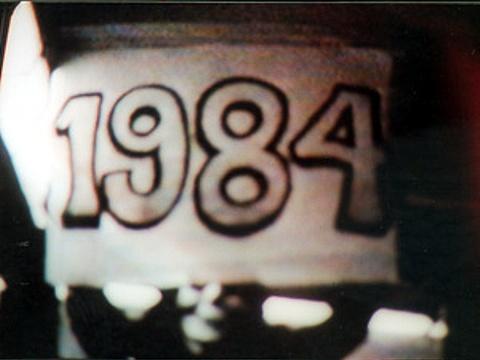
2007 Nino Leitner directed Every Step You Take, a CCTV surveillance documentary (everystepyoutake.org)
** to add:
* deutsche Romantik / Landschaften
* Humanismus
* datafiles and computer science
* practies of social authority : examples from asia, south america
* CCTV 1st references in USA and Sowiet Union
* the past happening in the present (show the shift) -> explosion of media -> tube-technology
* shift from tape to hard-drive
* capture & control
* unframed (before Acconci)
*all the things send to space (library)
* Irit Batsy
* Apocalypse (result of no watching) -> look for a work or position dealing with apocalypse (Lars von Trier? Michael Haneke?)
* seeing not seeing: millions of art works: which subcategory for explosiotion? A list of places where art is shown! (after date with Jason Simon)
* data desaster
* timeline compiled by arte-e-parte, 2008
